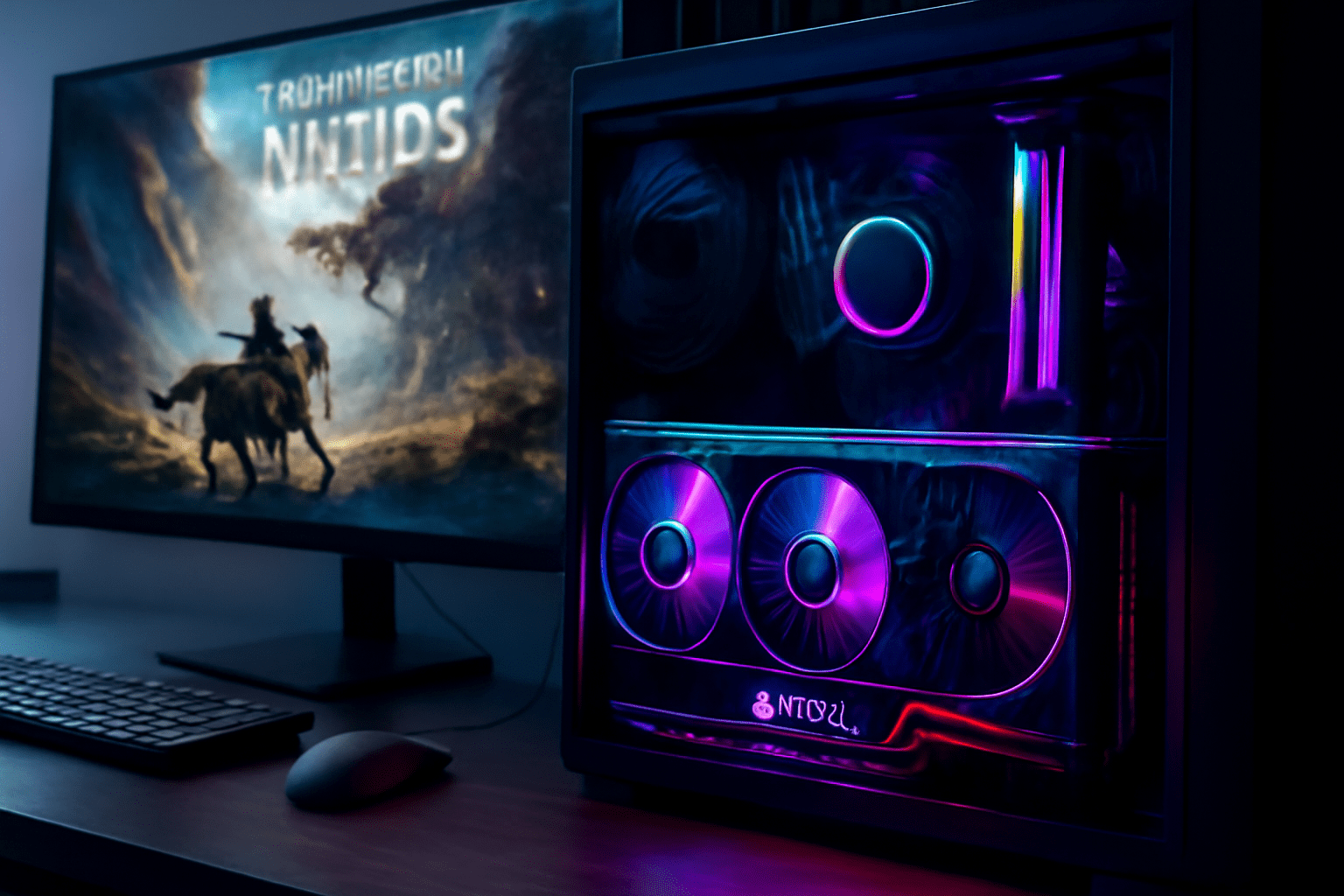Monster Hunter Wilds PC Benchmark – From 1080p to 4K
Monster Hunter Wilds has generated significant excitement among PC gamers and fans of the franchise since its release. With its expansive open world, detailed monster designs, and dynamic combat, the game pushes modern GPUs to their limits, especially when running at higher resolutions. In this post, we’ll take an in-depth look at the performance benchmarks of Monster Hunter Wilds across resolutions ranging from 1080p up to 4K, helping you understand what kind of hardware you need to enjoy the game at your preferred settings.
Why Benchmarking Monster Hunter Wilds Matters
The Monster Hunter series is known for its visually rich environments and demanding gameplay mechanics, which translate into a challenging experience for PC hardware. With Monster Hunter Wilds introducing even more detailed textures, larger open areas, and complex AI behaviors, the GPU and CPU workload increases significantly. Benchmarking the game on various graphics cards and settings provides crucial insights for gamers looking to optimize their experience without unnecessary over-spending.
Whether you aim for buttery-smooth 60 FPS at 1080p or want to push the game to its limits at 4K, understanding how your hardware performs can guide your upgrade decisions. Additionally, benchmarks can reveal how well the game scales with increased resolution and how different GPUs handle the workload.
Test System and Methodology
To ensure accurate and consistent benchmarking, tests were conducted on a high-end gaming PC equipped with:
- CPU: Intel Core i7-13700K
- RAM: 32GB DDR5-6000
- Storage: NVMe SSD
- Operating System: Windows 11 Pro
- GPU: Multiple GPUs tested including Sapphire Pulse RDNA 4 series cards
The game settings were kept mostly on high to ultra presets to replicate typical enthusiast settings. Benchmarks were run using built-in tools and manual gameplay segments, capturing average FPS, 1% lows, and frame times for a comprehensive performance overview.
Performance Overview: 1080p, 1440p, and 4K
1080p remains the most popular resolution for competitive and casual gamers alike, offering a solid balance between visual fidelity and performance. At this resolution, even mid-range GPUs such as the Sapphire Pulse Radeon RX 7600 can deliver smooth gameplay above 60 FPS on ultra settings.
Stepping up to 1440p, the demand on the GPU increases substantially. Here, high-mid-range to high-end GPUs like the RX 7900 XT or Nvidia RTX 4070 Ti provide the best experience, maintaining stable frame rates in the 60-80 FPS range during intense monster battles and large open-world exploration.
When pushing the game to 4K resolution, hardware requirements jump dramatically. Only the highest-end GPUs, such as the Sapphire Pulse RX 7900 XTX, are able to consistently deliver playable frame rates above 50 FPS at max settings. Players with older or mid-tier GPUs may need to dial down some settings, such as shadows and anti-aliasing, to maintain smooth gameplay.
Key Findings from the Benchmarks
- Scaling is generally consistent as resolution increases, with frame rates dropping predictably between 1080p, 1440p, and 4K.
- AMD’s RDNA 4 GPUs, especially the Sapphire Pulse models, show excellent value and efficiency, particularly at 1440p and 4K.
- CPU bottlenecks are minimal on the tested platform, indicating that GPU performance is the primary factor for smooth gameplay.
- Adjusting in-game settings such as shadows and textures can help optimize performance on lower-end hardware without severely impacting visual quality.
Optimizing Your Experience
If you find your system struggling at your target resolution, here are a few tips to improve performance:
- Lower Shadow Quality: Shadows consume a significant amount of GPU resources. Reducing shadow quality can yield noticeable FPS gains.
- Disable or reduce Anti-Aliasing: While AA improves image quality, it is often taxing at higher resolutions.
- Update GPU Drivers: Both AMD and Nvidia regularly release drivers optimized for new titles like Monster Hunter Wilds.
- Close Background Applications: Free up CPU and RAM resources to prioritize game performance.
Conclusion
Monster Hunter Wilds is a demanding but rewarding title that scales well across a range of hardware. Whether you’re playing at 1080p with a modest rig or pushing the limits at 4K with a top-tier GPU, the key is understanding how your system matches up to the game’s demands.
For PC gamers considering upgrades, the benchmarks highlight the strong performance of AMD’s RDNA 4 GPUs, especially the Sapphire Pulse line, which offer excellent price-to-performance ratios for this title. Meanwhile, tweaking graphical settings can ensure smooth gameplay on less powerful systems.
For a detailed look at GPU testing and the latest performance insights, check out the full review and benchmarks over at Overclock3D.
Ready to hunt the wilds? Make sure your rig is up to the task and enjoy some of the best monster hunting action on PC!

Leave a Reply